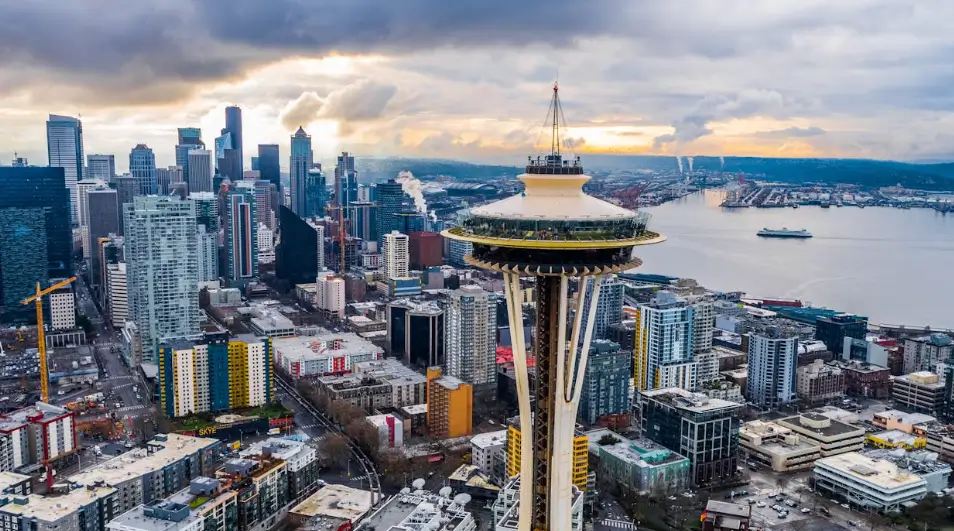Los Angeles is in the national spotlight again.
Not for wildfires or freeway gridlock, but for something more human and more volatile: the fallout from a new wave of deportations.
The federal policy, framed as a crackdown on undocumented immigrants with serious criminal records, has stirred sharp reactions. Many see it as overdue; others fear it paints entire communities with a single brush.
But regardless of where you land politically, there’s a core question for planners:
How do the policies we shape influence the stories people tell and believe about who belongs?
True, we’re not federal agents. We don’t decide immigration policy. We don’t prosecute crimes. However, planning isn’t just about permits and setbacks. As planners we help determine whether a neighborhood breaks apart or holds together when the pressure builds. We need to stop thinking of zoning as just a tool for density and setbacks.
It’s a mirror.
It reflects who belongs, who benefits, and who gets pushed out. That’s not just a land use issue. It’s a justice issue. It always has been.
When Design Reinforces Distance
Sometimes, separation isn’t just social but rather structural. When zoning policies restrict density or discourage mixed-income neighborhoods they don’t just shape housing patterns, they also shape perception.
An this is why.
When communities are physically isolated, when storefronts are shuttered, and when sidewalks are ghost towns, we are robbed of the opportunity of seeing the full humanity of the people who live there and that absence can easily get filled in with stereotypes.
Especially in tense moments like mass deportations, or polarized immigration debates. The lack of daily, human interaction makes it easier for people to fall back on fear instead of truth.
Planning alone can’t rewrite the national narrative around immigration. But it can push back against the visual and spatial cues that feed fear.
We can zone for Mixed-income housing that prevents segregation, welcome public spaces that foster connection, push for transit and access that bring people into the heart of city life, not hide them away from it, and fight for local processes where all voices are heard not just the most resourced.
Because the more invisible people are in public life, the easier it is for others to define them. If planning is about building the bones of our communities, then we have a responsibility to help shape what cities look like and also how they are seen.
Planning as a Tool for Visibility
So what does planning have to do with shifting the narrative?
Plenty.
Because planning among other things shapes what’s visible.
At its best, good planning encourages diverse, walkable neighborhoods where people are given the opportunity to interact across lines. It also builds small business corridors where newcomers can contribute visibly to civic life. Lastly, it opens doors for civic spaces, parks, and cultural hubs that invite participation.
These spaces aren’t just amenities. They are social infrastructure that fosters empathy. When people are seen as workers, parents, volunteers, or neighbors, they’re harder to flatten into one-dimensional labels.
Order vs. Belonging? Not Quite.
We get it. Some folks argue that law enforcement, including immigration, needs to be strong and clear.
But here’s the planner's take: rule of law works best when it’s paired with pathways to participation.
People living in the shadows can’t fully engage. They can’t report issues, start businesses, or contribute to neighborhood revitalization. When planning creates visibility and access, it actually strengthens our civic systems.
It’s not about excusing criminal behavior. It’s about avoiding the trap of painting whole groups with a single brush.
Final Thoughts: A Shared Civic Story
Whether you lean left or right politically, one thing is true: we all want safe, vibrant, and connected communities.
Planning can help tell that story.
Not by rewriting laws, but by reshaping the environment those laws play out in. And when we plan with intention to include, to connect, and to reflect the dignity of all people, we help write a future where belonging isn't up for debate. Because the truth is, when people are seen, they’re harder to stereotype. And that might be one of the most powerful contributions planning can make in a moment like this.
%20(1200%20x%20237%20px)%20(300%20x%2059%20px).webp)





